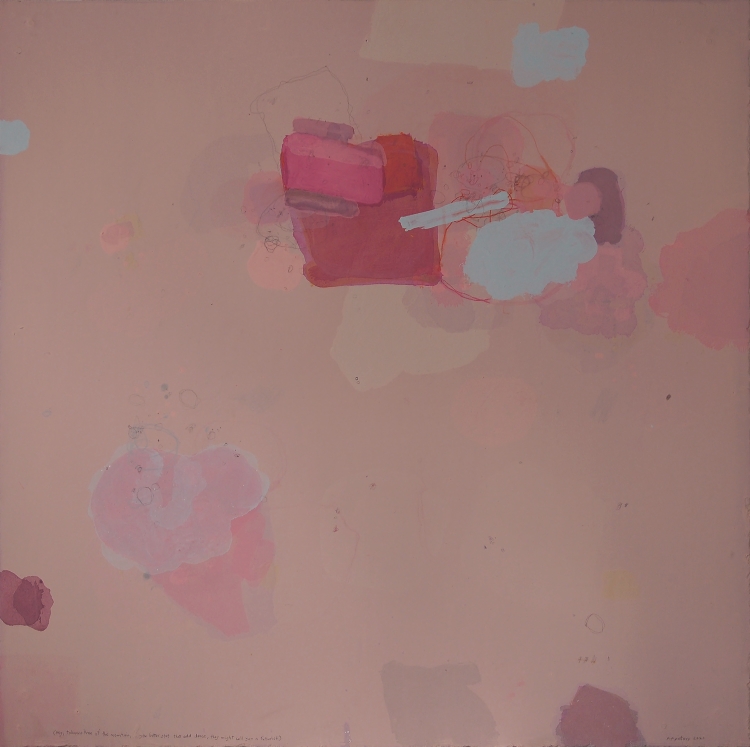kawabata at the cubist turnstile
The earth lay white under the night sky.[i]

A child appears at the turnstile, staring at faces it does not entirely register because the circle of perception lacks a centre. It’s like that with the girl beside him, sitting on the sand at the sunny beach, who gradually lowers her kimono sleeve from her face, permitting his gaze to fall there. Call it a kissing gate. Our purview belongs to the two-wayed planarian. On the one hand, hermaphroditic, possessing testicles and ovaries,
self-fertilist. On the other, asexual in demeanour, endoblasts divide and differentiate to produce two identical selves from separate parts. At the close of the Kawabata story, after the protagonist has completed his historical account of the habit of staring at the faces of those with whom he is (or considers himself to be) in intimate relationship, his eyes return to the downcast face of his newly encountered sweetheart. ‘My face will become less and less novel with each day and night’, she demurs. At the turnstile, the way in is the way out.
The ring of hair
He gazes at her future in the light of his past. You’d think that two cannot become one (or one two), but you’d be mistaken. So it is when the company of soldiers, lumbering over the mountain pass from village to village, encounters young women in each place. The women form an excited assembly as the jaded men approach their genkans (玄関). One among them, the prepubescent daughter of a geisha, displays on her finger a gold band set with an opal that matches the light pallor of her skin. At the onsen (温泉), the narrator’s eyes widen in fan-like astonishment at her shameless disinhibition, while a short distance away three adult geishas, ‘in the little pavilion in the forest’, flash their fans in order to retain composure while warding off hovering dragonflies. Whether a cherished opal risks being tarnished in bathwater, or the opals of our eyes quickly beguile in the presence of found treasure, we are bound to gape at the ‘cleft-peach coiffures’ of the women who gather in large number at the hairdresser’s house—their snipped black hair nonchalantly tumbling in heaps on the otherwise bare timber floor, severing proprietary’s claim. One in one out, in quick succession.
Occlusion and the mirror
A photograph is a great tremulation. It is so for the travelling narrator who gazes through a cleared patch in the window, beguiled by the luminescence outside. In the same section of glass, his attention is diverted by the reflected image of the pretty young woman who sits opposite him, oblivious of his split gaze. In his eyes, she signifies the pure amnesic of fallen snow. Whether ‘etched’ on celluloid or on the faltering aperture of the human eye, it is the poet who reconsiders the pair of figures in the photograph he holds before him. Might she be the pretty fiancé on the very day of their betrothal, many years ago? Things are trickier for another young woman in dubious health, who in her mind’s eye bathes in the pink of the emotion of men toward whom she forms an amorous fancy, even as they are simultaneously omitted from the troubled image she maintains of her own welfare. It has been like this since the days of her youth,

kim pieters, 2021. See remake3).
when her chest could not so much as bear the tender embrace of another for fear of further impairment. Her life has become one of a vexed correspondence, whereby what might be or might have been coalesce into the same thing. This is in marked contrast to the poet who takes a pair of scissors and expertly snips the betrothed from the photograph they occupy together, surrendering the young woman of whom I speak—who welcomes the
thought of young men’s arms enclosing her with fondness—to oblivion. For her, the past persists as desire; for him, she is cropped from memory. Life shimmers, like a pair of eyes greeted with a sequence of kaleidoscopic tones. A train travels onward in snow.
Moralitas
Each moment is in rapture, like a sparrow blinking in snow. We are hoodwinked and fail to see.
note
[i] Yasunari Kawabata, Palm of the Hand Stories, 1972/88. The text distils the stories into a three-act morality play.